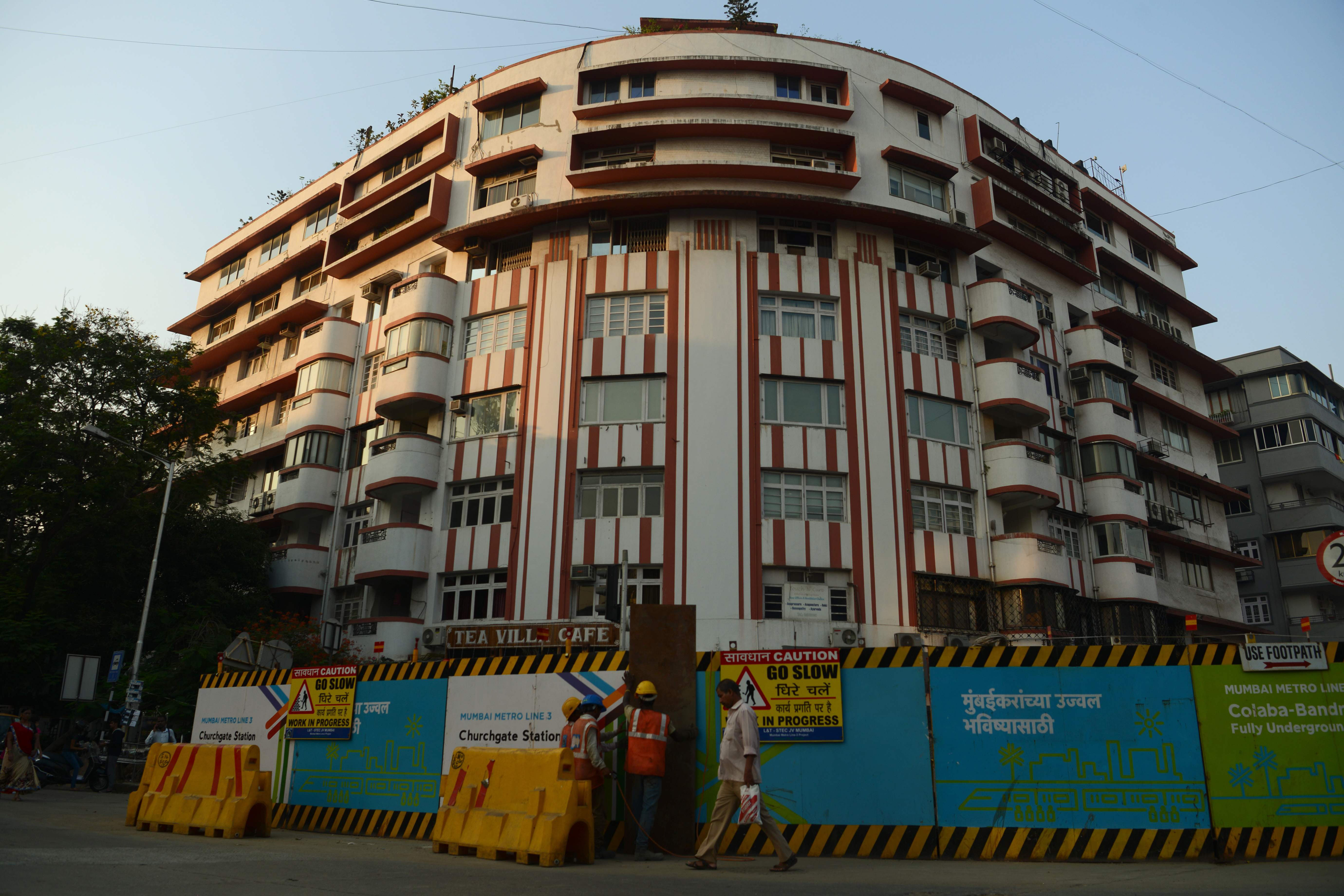
Traditional Indian art is witnessing a contemporary makeover. And the art market is loving it
The HinduThe unusually sultry September and a busy makeshift stall, do not stop Rupsona. Speaking from Delhi, where he is showing alongside contemporary artist Manjunath Kamath, Bhajju says, “It is such kinds of collaborations that push us to think in a contemporary way.” In Singapore’s Little India, Bhajju’s collaboration with Singaporean contemporary artist Sam Lo resulted in a facade that celebrates Nature. “It is also mentally stimulating for the artists.” Today’s artist has moved from re-creating to manifesting personal thoughts and idioms, says curator Tulika Kedia, whose Delhi-based Must Art Gallery has been working closely with traditional arts such as Madhubani, warli, Kalighat, Phad, Gond, Kerala murals and pattachitra, for the past two decades. “While at an exhibition in Delhi before the pandemic,” says Naveen, “many people said that they didn’t want to purchase works with ‘cows’. They visit galleries, go for heritage walks, participate in workshops, and are even investing.” The young buyers, like the IT-entrepreneur crowd, are definitely interested investing in traditional art, says Mala.
History of this topic

‘We will rethink what Mumbai needs’: Jaya Asokan
The Hindu
Indian art prices are at an all-time high. Is there stagnation or growth ahead?
Live Mint
Mumbai’s Baro Art brings beauty to Bengaluru this weekend
The Hindu
India Art Fair 2024 | Designer speak
The Hindu
India Art Fair 2024: Tried, tested and the new
The Hindu
Be curious, ask questions, buy art you love
Live Mint
Three new spaces for art and culture and pondering the museum’s changing mandate
The Hindu
Decoding home painting trends across India's urban landscape
Hindustan Times
Are millennial buyers re-shaping the art market?
The Hindu
Actress Amita Suman partners with Sotheby’s for new contemporary art sale
The Independent)
PARAM- Exhibition of supreme conception and creativity
Firstpost
Christie’s auction: An art collection that spotlights the figure
Live Mint
\'World needs art\'
Deccan Chronicle
Masterworks: The $1bn company selling paintings as stocks and changing art forever
The Independent)
Living Art | Nishad Avari, Christie's Specialist, discusses reasons behind increasing prices of Jehangir Sabavala's works
Firstpost)
Living Art | How COVID-19 lockdown, contrary to popular belief, has led to a boom in art market, thanks to online auctions
Firstpost65 Indian artists will get together in Italy for a groundbreaking exhibition in November
The Hindu
An auction that celebrates the milestone works of modern masters
Live Mint
An art exhibition for all
Live Mint
Five ways the art world is changing
Hindustan Times)
A year since India's COVID-19 lockdown, an overview of how artists and cultural institutions navigated a crisis
FirstpostA new public art project in Little India brings Gond art to the street culture of Singapore
The HinduThe art fraternity has banded together to create new ways to sell art during the pandemic
The Hindu)
In Pakistan, artists reinvent contemporary art canon as galleries negotiate virtual experiences amid a pandemic
Firstpost
State of the art
India TodayDiscover Related







































)

